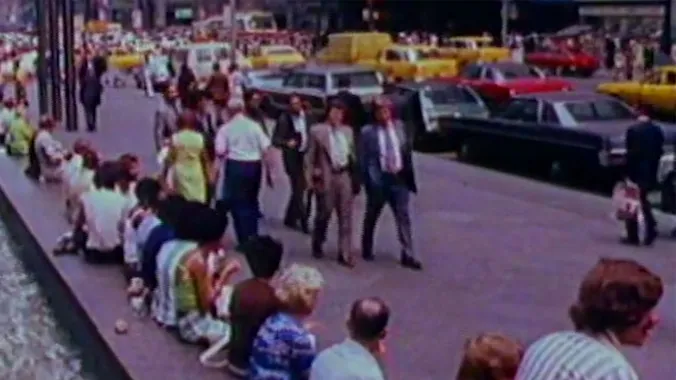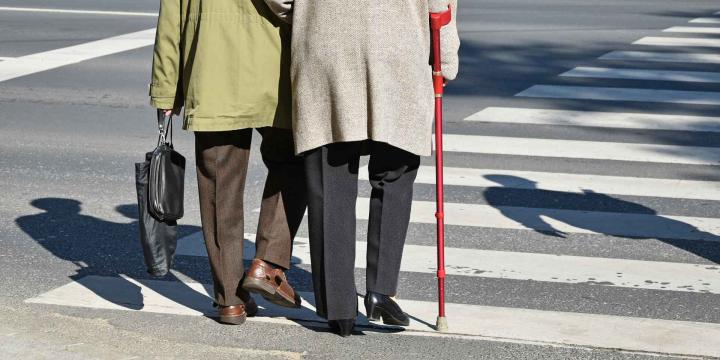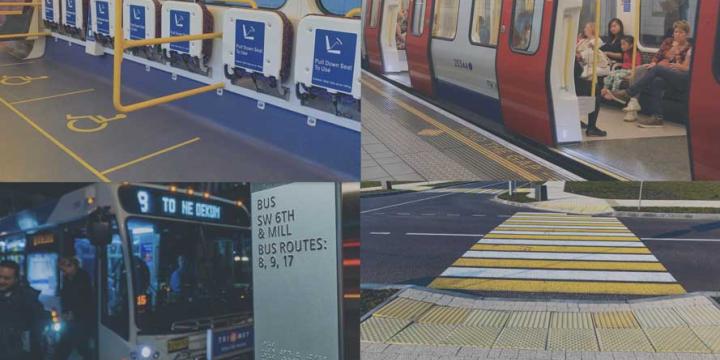Course Info
7 video lessons (60 Mins)
Published
1980-
4.68
Preview Course
Browse Course Chapters
-
1.Introduction
1 min
-
2.Overuse and Underuse of Public Spaces
11 mins
-
3.Sittable Spaces
11 mins
-
4.Streets and Plazas
9 mins
-
5.Sun, Water, and Trees
6 mins
-
6.Vendors and Cafes
3 mins
-
7.Bringing People Together
16 mins
Course Description
What makes good public spaces work, and why are some public spaces underused? Those are the questions that drove William Whyte to study public spaces, as captured in the film, "The Social Life of Small Urban Spaces" (1980). Whyte's groundbreaking methodology of "simple, direct observation" revealed an extraordinary diversity of activity, and numerous surprises about how humans use public space. Whyte lends voiceover work to the documentary footage captured to describe those discoveries, and what they mean for planning and urban design.
Over the course of the film, Whyte details insights into seven basic factors of successful public spaces: suitable space, interaction with the street, the sun, food, water, trees, and, finally, a term Whyte calls triangulation, or the ability of a public space to bring people together.
Both the methods and the insights described in this film have proven tremendously influential over the four decades since its release, and it's fascinating to see how some of the most ambitious and progressive design ideas are still being implemented in cities all over the country. Of special relevance to planners, are the connections Whyte makes between these findings and to zoning changes proposed for, and eventually adopted by, the city of New York. The reinvigoration of public spaces spurred by Whyte in the '60s, '70s, and '80s is still very much underway today.
Learn these skills
- Civic Engagement
- Land Use
- Pedestrian Planning
- Urban Design
- Urbanism
- Walkability
SACPLAN CPD
This course is approved for 1.5 SACPLAN CPD point.


























